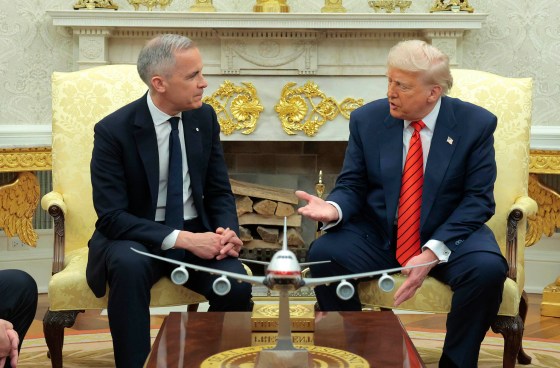|
If you wanted to see the poster boy for the psychological manipulation technique known as gaslighting, look no further than the American ambassador to Canada, Pete Hoekstra.
Hoekstra, you’ll recall, recently said U.S. President Donald Trump thought Canadians were “nasty” because we aren’t travelling to the United States and aren’t buying American liquor, among other products.
Gaslighting is when you try to deny reality to advance your own argument. This is the reality Hoekstra is trying to deny: Trump, without cause or justification, started this series of events.
Advertisement
 Why this ad? Why this ad?
For them to get angry at our response is classic gaslighting.
Both countries, with the exception of a leader who doesn’t understand how global trade works, were happy with their previous trade arrangement.
Trump himself praised the deal he now criticizes and wonders which idiot signed it. (Hint: you did, Don.)
American businesses were quite content, knowing Canada was America’s biggest customer by a large margin. Trump tried to gaslight Prime Minister Mark Carney in the Oval Office by denying that; Carney was having none of it.

Prime Minister Mark Carney fact-checked U.S. President Donald Trump in May when Trump claimed the U.S. doesn’t do much business with Canada: “We are the largest client of the United States.” (Anna Moneymake / TNS files)
Trump tries to gaslight the world by claiming it’s so unfair that American manufacturing is in decline, having shifted to lower-wage countries such as Bangladesh, Taiwan and Vietnam, among others.
He ignores entirely that the United States has nobody to blame for that but itself, when many American companies were all too happy replacing most of their organizational charts with cheap, foreign labour.
Trump’s understanding of global trade, of tariffs and what trade deficits and surpluses mean, is absolutely not grounded in any kind of reality.
There’s a joke making the rounds on social media that goes something like this: “I was at the grocery store yesterday and bought $100 in groceries. The store didn’t buy a thing from me, so to make up that trade deficit, I’m going to impose a 50 per cent tariff on my purchases. My spending $150 for $100 in groceries is really going to show that store!”
Prices haven’t spiked in the U.S. due to tariffs yet, but economists are saying it’s because many businesses and some consumers stocked up on affected items before the tariffs kick in.
With the Aug. 1 deadline looming, businesses won’t be able to hold the price on items for long.
|

